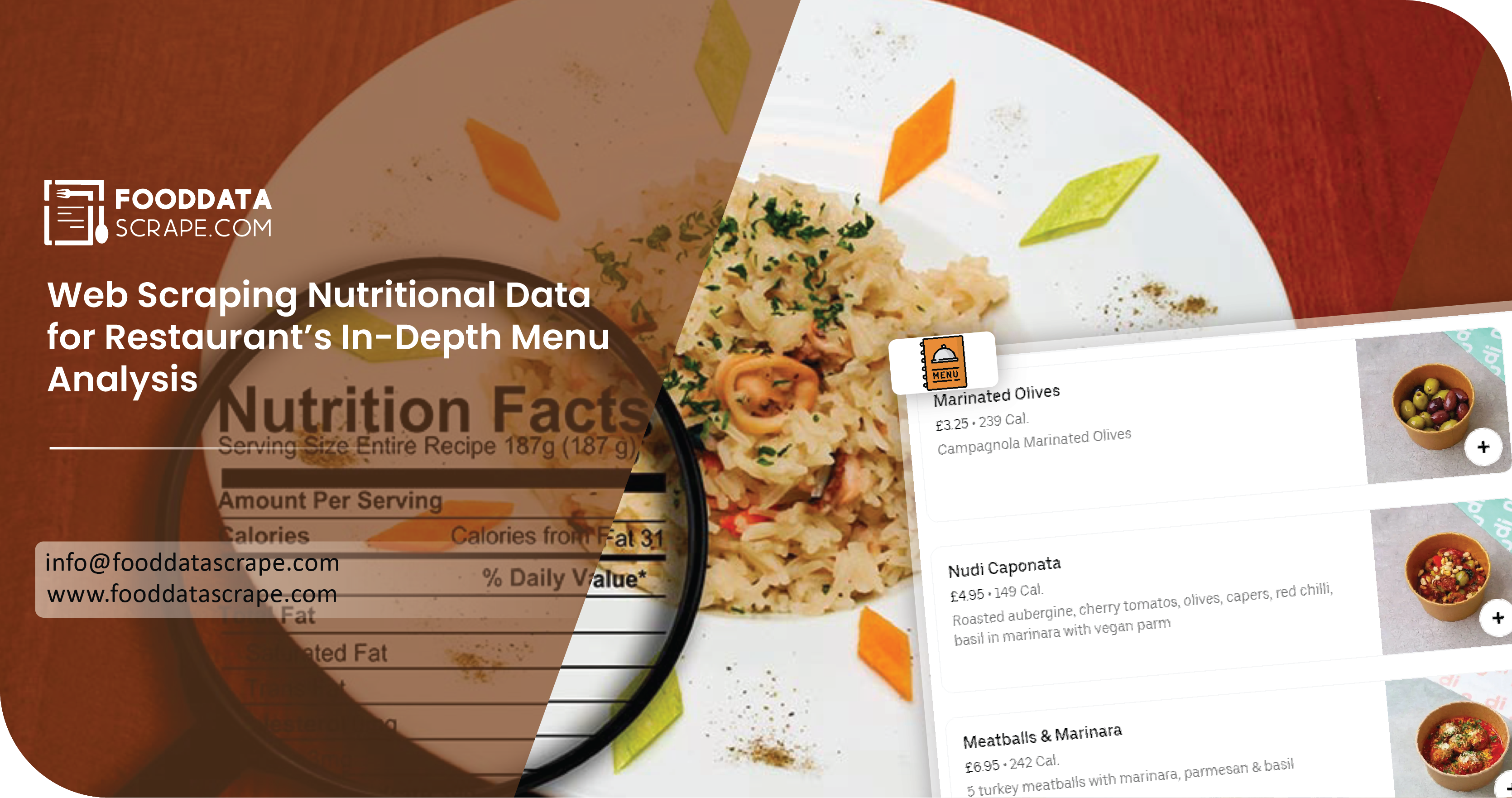The Client
Our client, an iconic restaurant name, was eager to upgrade their customers' nutritious choices. Toward this end, they wanted to scrape the nutrition product data of competitors. Applying nutrition facts food data scraping, they sought to acquire helpful information regarding many menu items and their nutritional contents. This helped them scrape food nutrition data effectively, allowing the client to improve their offerings, align with dietary trends, and ultimately provide healthier choices for their customers. This strategic move positioned them competitively within the constantly changing restaurant industry.
Key Challenges
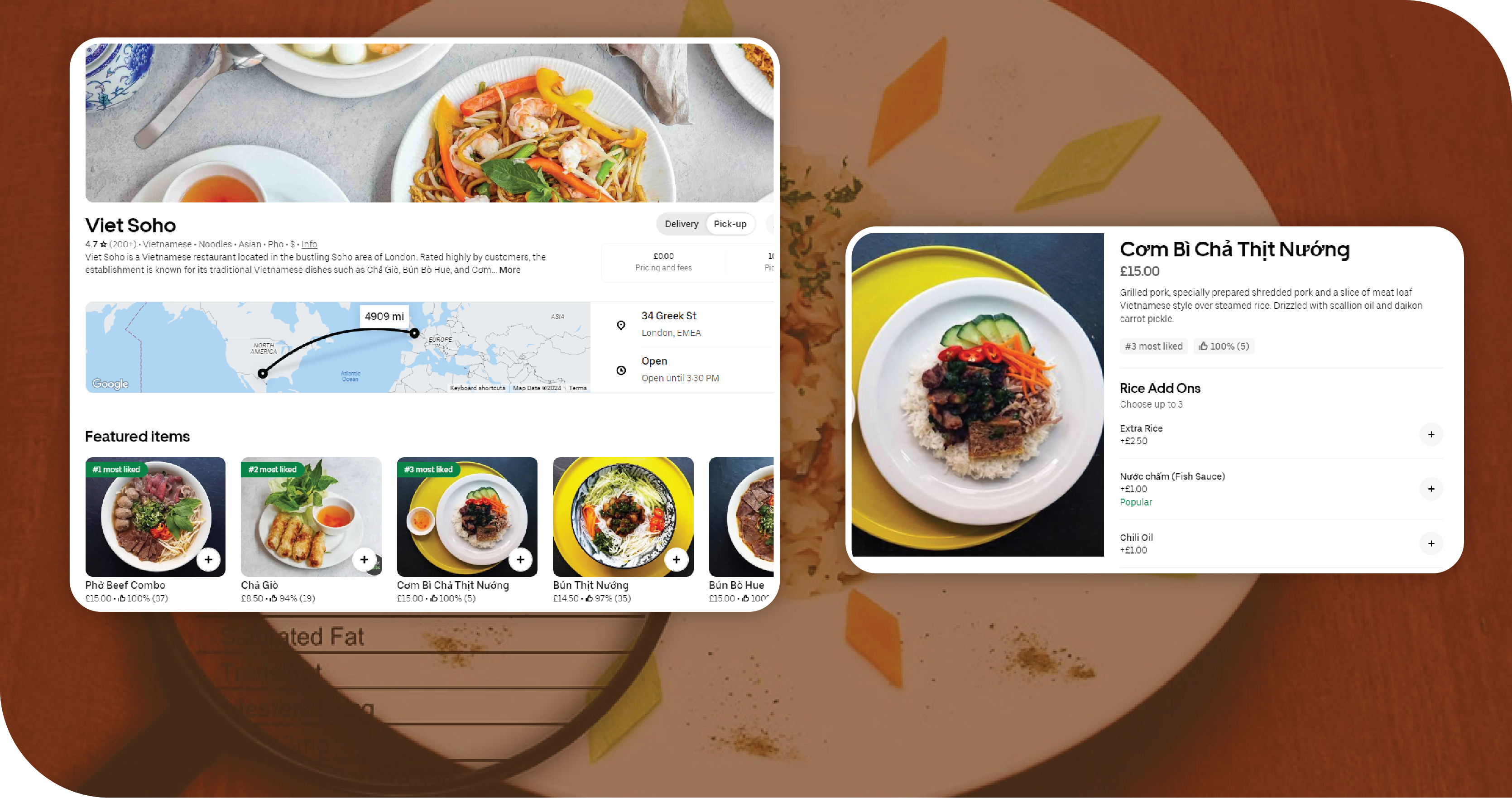
Our client faced the following complications in collecting nutritional data from competitors:
1. Scraping nutritional data from food websites took work due to inconsistent formatting and variable data structures; hence, the information extraction was always improper.
2. The process of web data collection for nutritional analysis was rather time-consuming as many sources called for higher manual intervention to ensure data validity and completeness.
3. Scraping food nutrition data from online sources raises questions about compliance with websites' terms of service; therefore, it poses potential legal and ethical questions that must be addressed safely.
Key Solutions
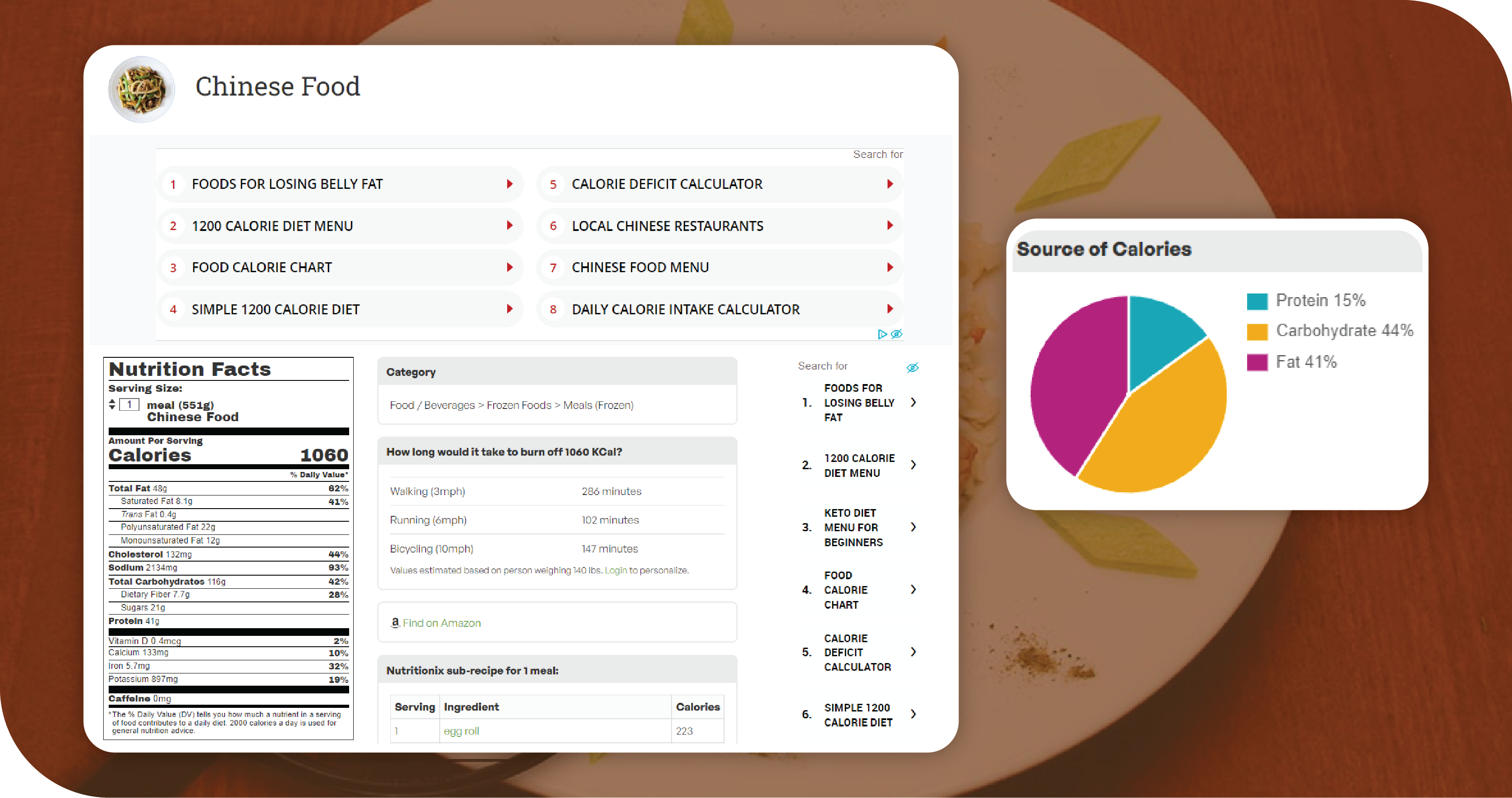
In the advancement of our food delivery data scraping services, we executed the solutions to those problems that were described above:
1. We engineered robust algorithms for scraping food nutrition data from online sources in consistent and accurate extraction data across all websites.
2. Our approach to nutritional data extraction from online food resources streamlined the process, especially in time-saving collection activities, and improved overall efficiency.
3. We provided our client with guidelines on best practices and how to extract nutrition data while discussing compliance issues and, thus, ensuring proper collection methods.
Methodologies Used
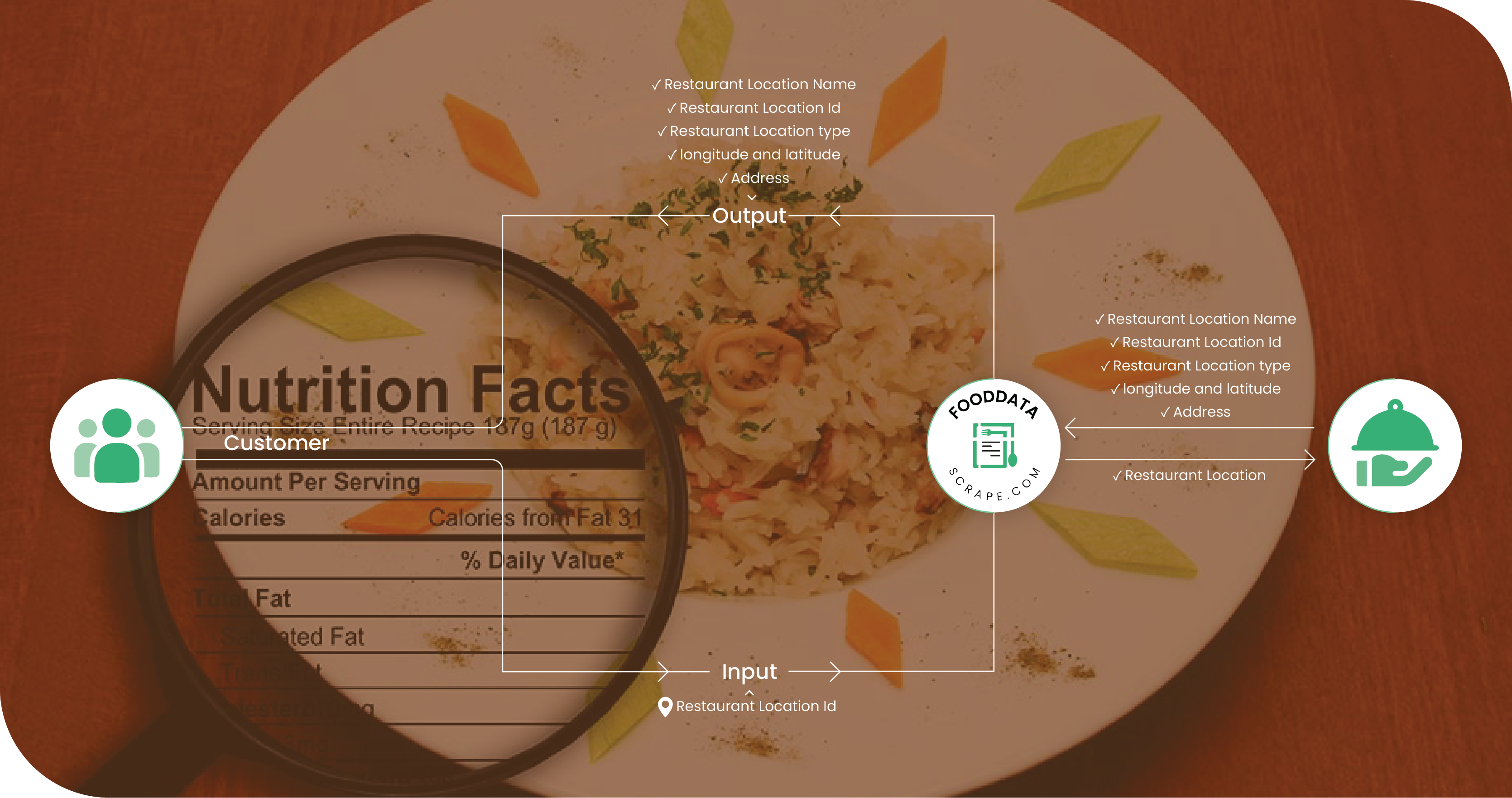
We have used the following methodologies to scrape nutritional data appropriately for menu analysis:
- Healthy approaches for nutritional information scraping from food products ensure accurate nutritional content is extracted regarding a comprehensive range of menu items.
- Advanced product nutrition data scraping techniques enabled the collection of detailed ingredient information, serving sizes, and calorie counts.
- Developed custom scripts that could scrape nutrition facts data from various sources, thus ensuring fast access to essential dietary information.
- Employed nutritional data scraping from health and food platforms to add relevant, credible, health-focused insights to our dataset.
- Applied web scraping food delivery data for competitor menu analysis, consumer preferences, and dietary trends.
- Nutrition food data scraping was integrated with analytics tools to be brought into comprehensive analysis and for actionable insights for enhancing the client's menus.
Advantages of Collecting Data Using Food Data Scrape
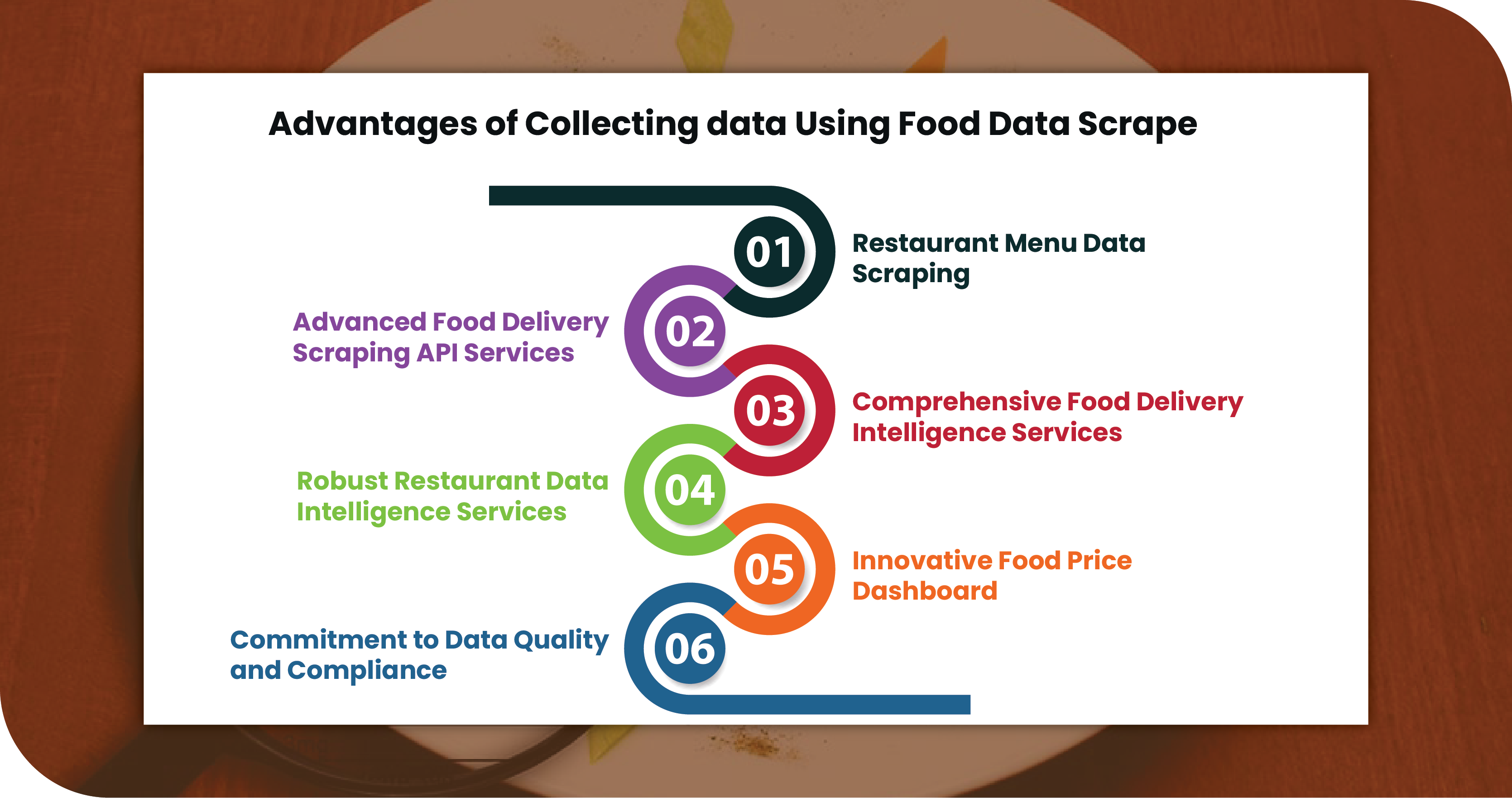
Restaurant Menu Data Scraping: A specialized team with extensive experience in restaurant menu data scraping is responsible for collecting the most comprehensive nutritional information regarding the sources in the most efficient manner. Accuracy and consistency guarantee menu optimization and compliance.
Advanced Food Delivery Scraping API Services: We provide cutting-edge food delivery scraping API services that you can integrate into an existing system. Our APIs use real-time access, and through them, you can make decisions based on nutrition data.
Comprehensive Food Delivery Intelligence Services: Our food delivery intelligence services will highlight market trends and consumer tastes, helping you better understand your menu relative to the competition and make strategic adjustments to improve customer satisfaction.
Robust Restaurant Data Intelligence Services: We offer robust restaurant data intelligence services, presenting competitive offerings, nutritional data, and more. This gives you a holistic understanding of the industry landscape, which creates your path to making data- driven decisions.
Innovative Food Price Dashboard: Our food price dashboard allows you to easily navigate nutritional and pricing data, track changes over time, and make strategic pricing decisions. Thus, you can be competitive and healthy at the same time.
Commitment to Data Quality and Compliance: We prioritize data quality and ethical scraping practices. Our methodologies ensure compliance with regulations and deliver high- quality, actionable insights that can help you make better decisions. This commitment to integrity makes us the perfect partner for any nutritional data scraping efforts.
Final Outcomes: The work we put into web scraping for nutritional data immensely helped our client. We gave a restaurant a thorough analysis of its menus, which was achieved by systematically collecting and analyzing nutritional information from several sources. This has helped our client enhance their menu offerings, identify healthier options, align them with the dietary guidelines, and help them compete in the market through a data-driven approach. In the long run, our web scraping solutions would have enabled the client to make informed decisions, hence improved customer satisfaction and a healthier dining experience.



















































































